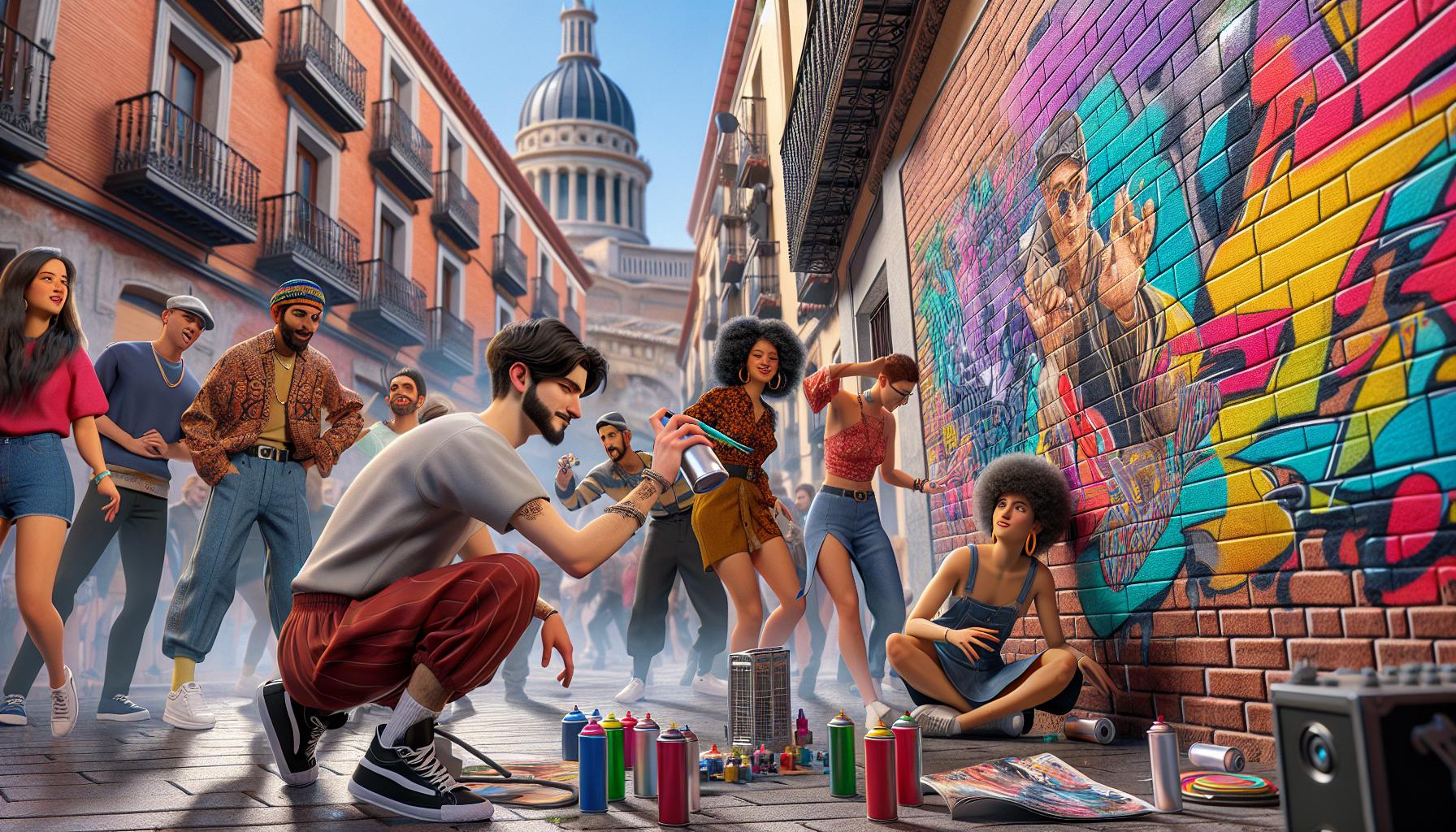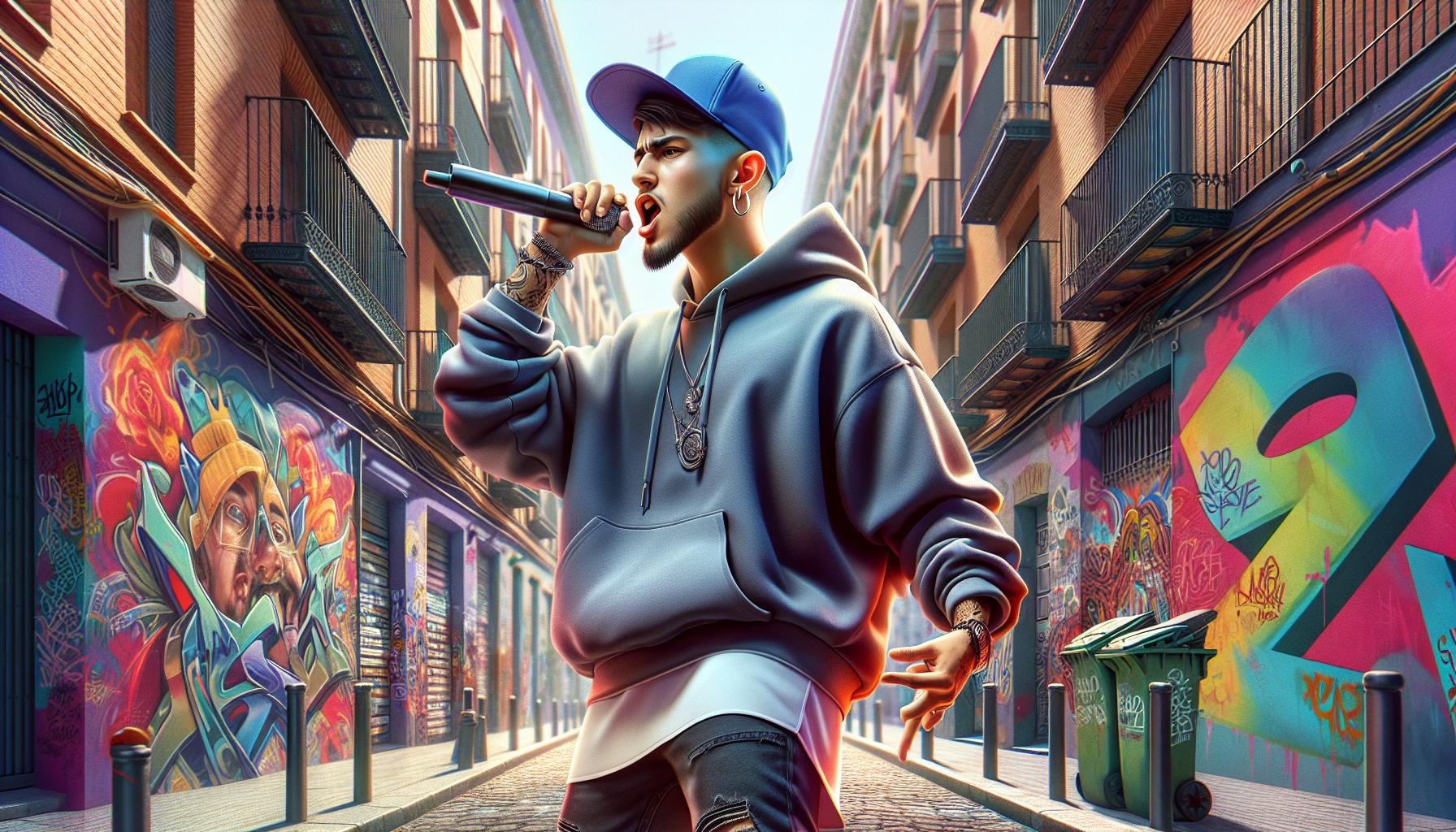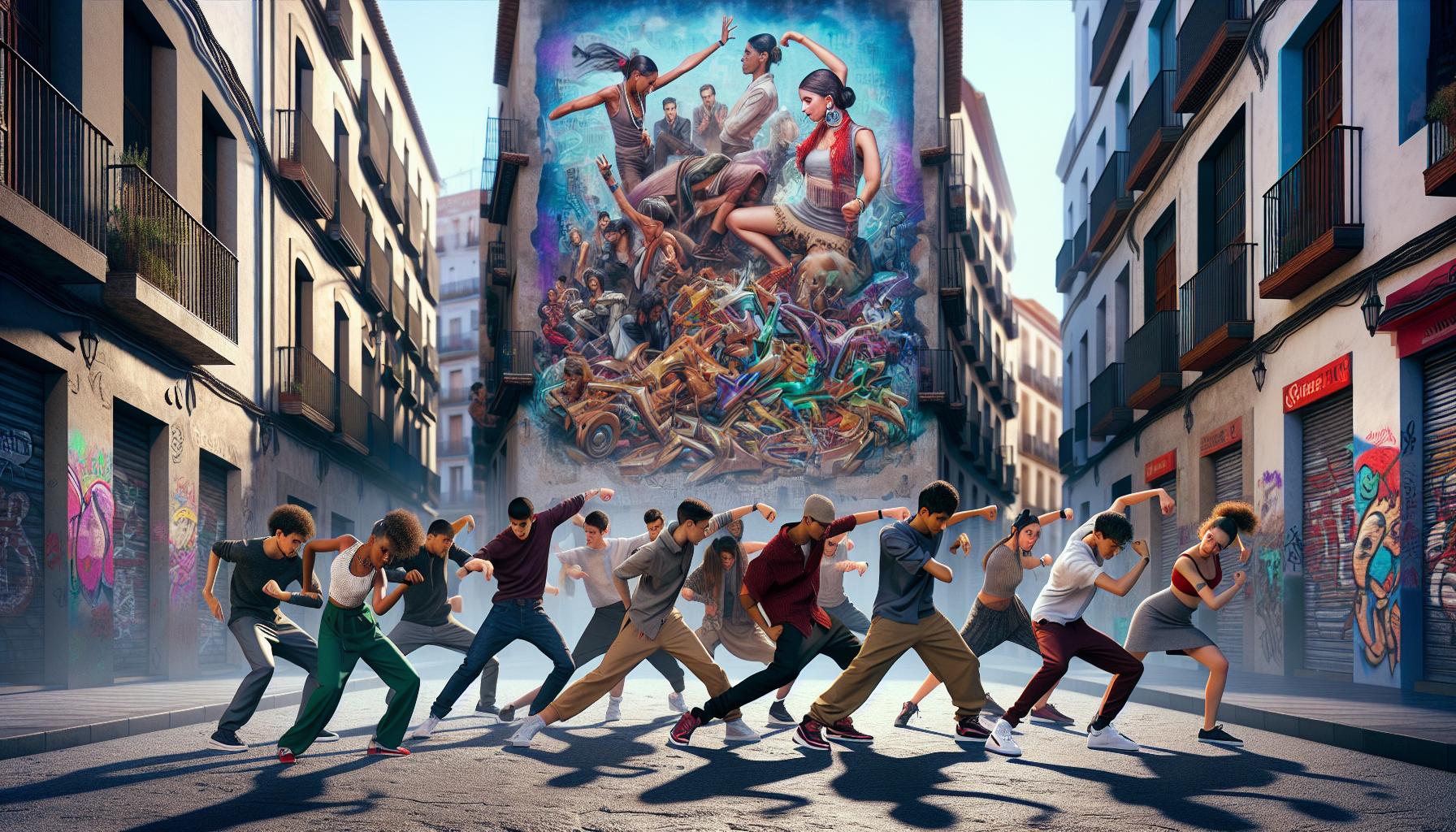When I think about the vibrant world of hip hop, Spanish hip hop stands out as a powerful force that’s reshaping the genre. Emerging from the streets of Spain and Latin America, it blends traditional rhythms with modern beats, creating a unique sound that resonates with diverse audiences. Artists are using their voices to tackle social issues, cultural identity, and personal experiences, making it more than just music; it’s a movement. As I dive deeper into this dynamic scene, I discover the rich history and evolving styles that define Spanish hip hop. From its roots in the 1980s to the global phenomenon it is today, this genre reflects the pulse of a generation. Join me as I explore the artists, the influences, and the impact of Spanish hip hop on the music industry and beyond.
- Emergence and Evolution: Spanish hip hop originated in the 1980s, shaping its identity through influences from the U.S. and local musical traditions, evolving to address social issues and cultural pride.
- Key Pioneers: Influential artists like Kase.O and Nach played vital roles in establishing the genre’s lyrical depth, making significant contributions with their thought-provoking albums and powerful storytelling.
- Modern Adaptations: Contemporary artists, including C. Tangana and Nathy Peluso, are pushing Spanish hip hop forward by blending various styles, like trap and flamenco, showcasing the genre’s adaptability and relevance.
- Subgenres and Unique Blends: Notable subgenres like trap in Spain and flamenco hip hop fusion reflect the genre’s rich cultural tapestry, combining traditional rhythms with modern beats and themes.
- Cultural Impact: Spanish hip hop serves as a voice for marginalized communities, addressing societal challenges and empowering youth while fostering global recognition through cross-genre collaborations.
- Global Reach: The genre’s expansion beyond Spain highlights its appeal on streaming platforms and international events, connecting diverse audiences and elevating Spanish-speaking artists in the global music scene.
Spanish Hip Hop
Spanish hip hop emerged in the 1980s, rooted in the cultural exchanges between the United States and Spain. Early artists infused classic Spanish sounds with elements of funk, soul, and reggae, establishing a unique identity. Over time, this genre evolved to reflect social realities and cultural pride, addressing themes such as immigration, inequality, and identity.
Key regions, including Madrid and Barcelona, played vital roles in its development. Artists like Kase.O and Nach pioneered lyrical depth and storytelling, gaining national and international recognition. Their work emphasized both personal experiences and broader societal critiques, appealing to diverse audiences.
The 1990s marked a turning point as Spanish hip hop gained mainstream attention. Collaborations with pop and rock artists broadened its reach. The genre became a voice for youth, articulating their struggles and aspirations. Events like Hip Hop International Spain showcased emerging talent and fostered community.
Today, Spanish hip hop continues to thrive. New influences from trap, reggaeton, and global beats enrich the sound. Artists like C. Tangana and Nathy Peluso blend diverse genres, pushing creative boundaries. This evolution signifies the genre’s adaptability and cultural relevance in the modern music landscape.
I’d recommend exploring the work of these artists to understand the diverse styles and themes present in contemporary Spanish hip hop.
Origins and Evolution

Spanish hip hop began as a powerful cultural movement in the 1980s, influenced significantly by the exchange of ideas between the United States and Spain. As artists melded traditional Spanish sounds with various styles, the genre took shape and addressed pressing social themes.
Early Influences
Early Spanish hip hop drew inspiration from established genres such as funk, soul, and reggae. The incorporation of local flamenco, bolero, and traditional folk music enriched the sound. Artists like Los Chichos blended these elements, creating a foundational sound that resonated with audiences. The graffiti culture from the U.S. also influenced the visual aspects, making hip hop a multifaceted expression of identity.
Key Milestones
The 1990s marked several vital developments for Spanish hip hop. Breakthrough artists like Kase.O and Nach emerged, known for their profound lyrics tackling personal and societal issues. Albums like “Poesía Difusa” (1996) and “Un día en suburbia” (2008) brought critical acclaim and larger audiences. In the 2000s, the genre gained mainstream traction, with festivals highlighting its presence. Contemporary artists, including C. Tangana, who integrate trap and reggaeton, demonstrate the genre’s evolution. Each milestone highlights how Spanish hip hop adapts while maintaining its roots and cultural significance.
Key Artists and Groups

Spanish hip hop flourished through the contributions of various key artists and groups who shaped its trajectory. Their innovations and musical expressions highlight the genre’s evolution and impact.
Pioneers of the Genre
Pioneering artists laid the groundwork for Spanish hip hop’s growth. These key figures emerged in the late 1980s and early 1990s, forging a distinct sound that blended traditional Spanish music with hip hop influences.
- Kase.O: Known for his intricate lyricism and deep storytelling, Kase.O’s albums, like “El Círculo” (2016), showcase his ability to address social issues while maintaining creativity.
- Nach: A defining voice in Spanish hip hop, Nach’s work emphasizes poetic lyrics and complex rhyme schemes, particularly in “Un día en suburbia” (2008), which remains influential.
- Violadores del Verso: This collective, consisting of Kase.O, Lírico, and Hator, earned recognition through powerful collaborations and albums, helping to elevate the genre’s status.
Contemporary Icons
New artists continue to push the genre forward, merging various musical styles that reflect modern influences.
- C. Tangana: His unique fusions of trap, flamenco, and pop establish him as a prominent figure, exemplified by his album “El Madrileño” (2021).
- Nathy Peluso: Combining rap with diverse genres like jazz, soul, and reggaeton, Nathy’s vibrant performances and tracks like “Gato de Noche” showcase her dynamic versatility.
- Recycled J: Notable for his melodic approach, Recycled J blends trap and R&B, capturing broader audiences with hits such as “Apariencias.”
Each artist contributes to the rich tapestry of Spanish hip hop, making it a continually evolving landscape.
Popular Subgenres

Spanish hip hop encompasses various subgenres that reflect its rich cultural tapestry. Two prominent styles include trap in Spain and flamenco hip hop fusion.
Trap in Spain
Trap in Spain has emerged as a dominant subgenre, integrating melodic elements and aggressive beats. It embodies themes of urban life, personal struggles, and social commentary, resonating with a younger audience. Artists like C. Tangana and Yung Beef exemplify the genre’s popularity, often collaborating with producers to create chart-topping hits. Recent tracks frequently showcase Spanish lyrics combined with catchy hooks, making them accessible to a broad listener base. The genre’s rise parallels trends found in the U.S. trap scene, yet it retains a unique Spanish flair through its lyrical content and cultural references.
Flamenco Hip Hop Fusion
Flamenco hip hop fusion merges traditional flamenco rhythms with contemporary hip hop beats, creating a distinct sound that honors Spain’s musical heritage. Artists such as C. Tangana and Nathy Peluso highlight this blend by integrating flamenco guitar and clapping with rap’s vocal delivery. This fusion not only preserves cultural identity but also introduces flamenco to new audiences. The combination of powerful storytelling and emotive melodies characterizes this subgenre, allowing artists to explore themes of love, identity, and social justice while staying connected to their roots.
Cultural Impact
Spanish hip hop serves as a significant catalyst for cultural expression and societal commentary. It channels local experiences, reflecting the realities of life in Spain and Latin America while connecting with audiences worldwide.
Influence on Spanish Society
Spanish hip hop influences various facets of society, from politics to social movements. Artists often address pressing issues such as unemployment, inequality, and immigration, highlighting the struggles faced by their communities. For instance, groups like Violadores del Verso tackle socio-political themes, encouraging discourse among listeners. The genre empowers youth, allowing them to voice their aspirations and frustrations. This cultural impact fosters solidarity among marginalized groups, promoting awareness and advocacy.
Global Reach of Spanish Hip Hop
Spanish hip hop’s global reach expands beyond borders, captivating international audiences. The infusion of cross-genre collaborations enhances its visibility. Artists like C. Tangana and Nathy Peluso have gained recognition in mainstream music markets, paving the way for Spanish-speaking artists. Events like the BPM Festival and collaboratives with global icons amplify its presence. Streaming platforms further democratize access, allowing listeners worldwide to discover and appreciate the unique sounds of Spanish hip hop.
Spanish hip hop is more than just a music genre; it’s a powerful cultural movement that continues to evolve and resonate. The way artists blend traditional sounds with modern influences creates a rich tapestry that speaks to both local and global audiences.
I find it inspiring how this genre addresses social issues while celebrating cultural identity. From the streets of Madrid to international stages, Spanish hip hop showcases the voices of a generation eager to share their stories.
Exploring the work of both pioneering and contemporary artists reveals the depth and diversity within this dynamic scene. Spanish hip hop is here to stay, and its impact will only grow as it continues to break barriers and inspire new generations.

